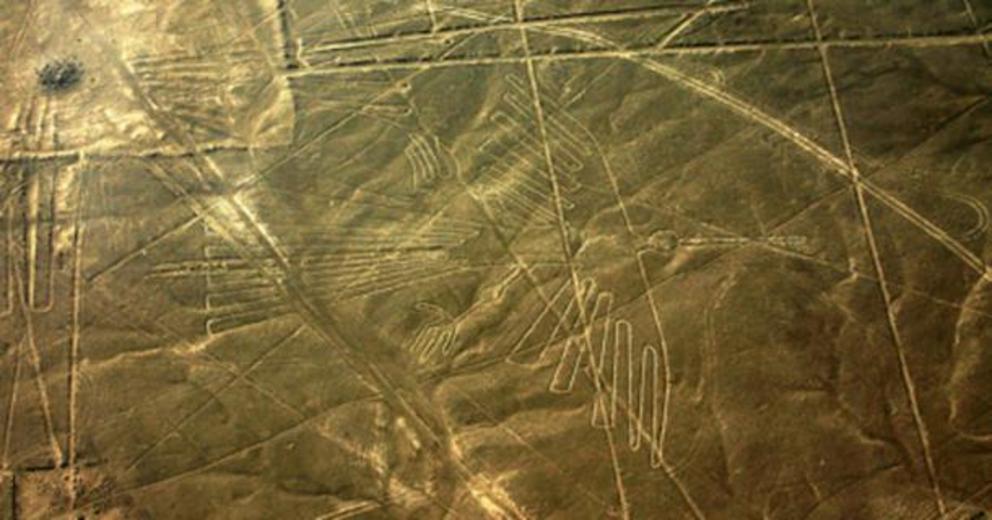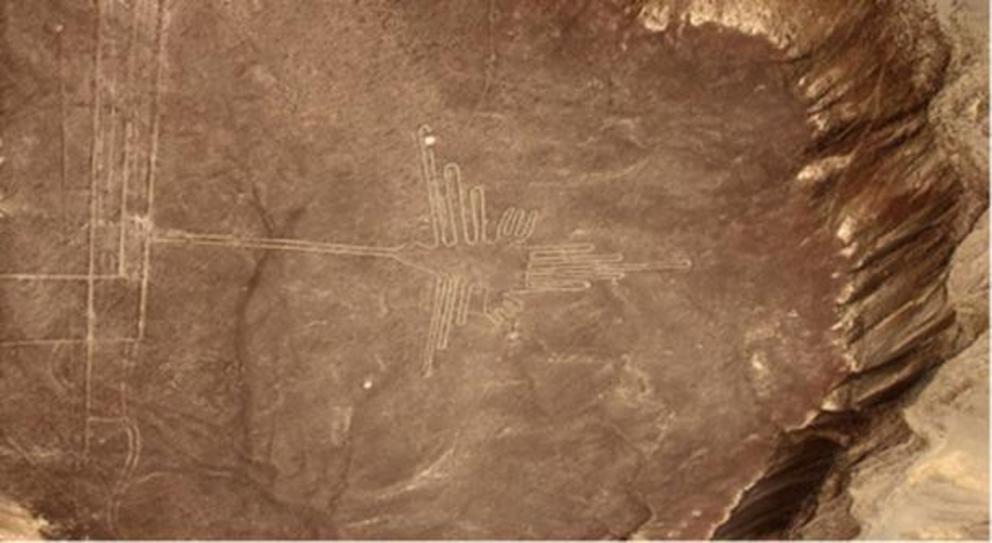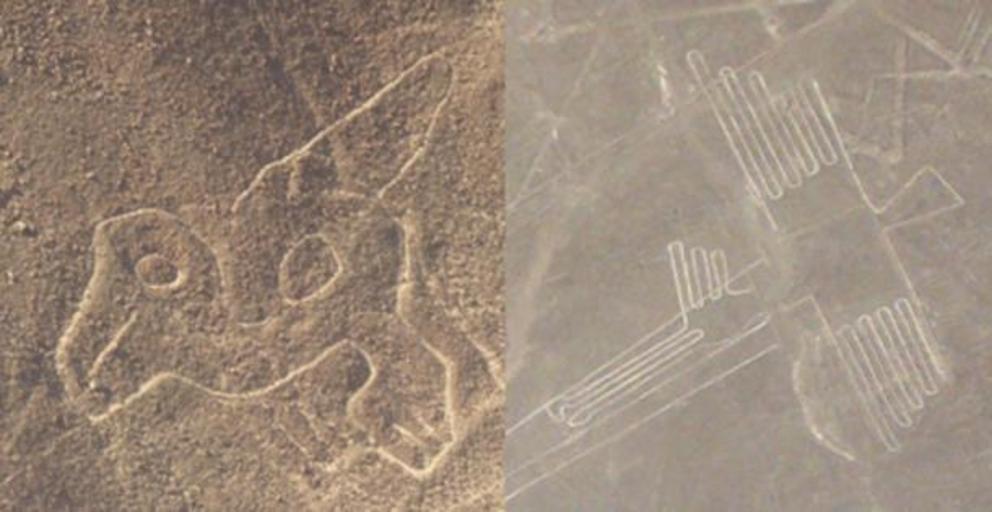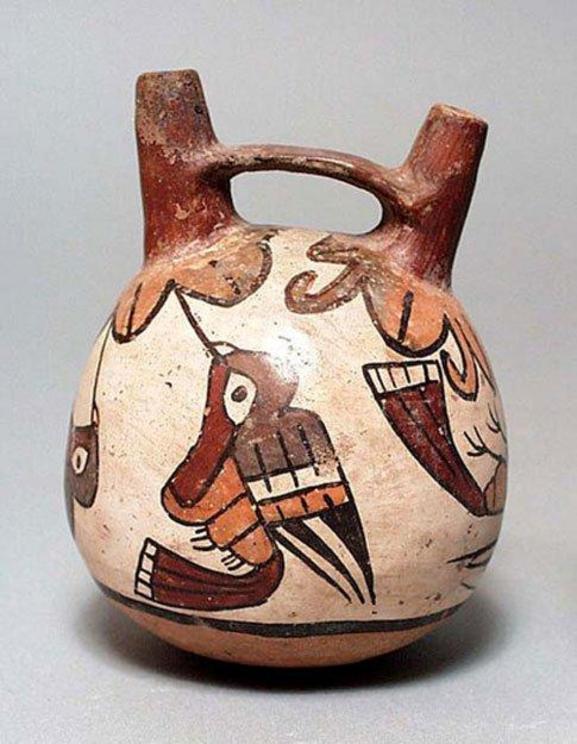Have Japanese ornithologists cracked the mystery of the Nazca lines?
The Nazca Lines are among the most mysterious archaeological sites in all of Latin America. However, a team of Japanese experts has published a study in the Journal of Archaeological Science: Reports where they claim that they have now correctly identified some of the glyphs for the first time and that many represent non-native birds. This has provided them with a theory as to what was the purpose behind the massive designs in the desert and helped solve some of the ongoing mystery of why they were created.
Mysterious figures stretching out in the desert
The Nazca Lines are a large number of geoglyphs that been etched into the arid deserts or Pampas of Southern Peru. Some of the glyphs extend for a great distance and they can only be seen from the air. Over 2000 have been identified and they depict many animals, plants, strange figures , and also many birds. These account for the largest number of geoglyphs and indicates that ‘birds were important for Nazca people", reports Newsweek.
Little is really known about the Nazca civilization that created these unique monuments in the desert. LiveScience reports that the Lines were ‘created with piled stones or carved into the dry desert ground’. It is widely believed that they were created between the period 300 BC and 1000 AD. According to the Times, the people who made the lines ‘continued to add hundreds of miles of shallow trenches’, down the centuries, making evermore unique geoglyphs.
But there remains a great mystery as to why these monuments were made, in a desolate region, when most can only be seen from a great height.
 Image traditionally thought to represent a condor.
Image traditionally thought to represent a condor.
An ornithological approach to the mystery
An interdisciplinary team including ornithological specialists from the Hokkaido University Museum in Japan began to investigate, specifically 16 of the geoglyphs representing birds. They were working on the remains of birds from a neighboring archaeological site when they became interested in the Lines. According to LiveScience, the ‘team studied the anatomical characteristics of each of the 16 bird etchings, categorizing features such as the shape of the beak and tail and the relative length of the tail and feet’
This led them to an amazing series of discoveries, they found that many of the geoglyphs had been misidentified, ever since the site was found in 1926.
 Traditionally categorized as a humming bird, the ornithologists have identified this as a Hermit.
Traditionally categorized as a humming bird, the ornithologists have identified this as a Hermit.
Non-native birds
They established that one famous monument that was frequently referred to as a humming bird was, in reality, representing a species known as the hermit. They also found that some of the birds were actually pelicans and one was a guano bird. The researchers also believe that they have identified some glyphs depicted a heron and “what is most likely an immature parrot” according to the Journal of Archaeological Science: Reports . But they are not absolutely certain about these designations.
 Left; A possible immature parrot; Right; A pelican
Left; A possible immature parrot; Right; A pelican
These birds are not native to the Pampas of Southern Peru. One of the co-authors of the study, Masaki Eda, is quoted by Inverse, as stating that ‘our findings show that they drew exotic birds, not local birds’.
The hermit bird is a bird found in the rainforest and the pelican is from the coast, all far from the deserts where the monuments are found. This could help us to understand why they were created. LiveScience quotes Eda, as saying "I believe that the motifs of the animal geoglyphs are closely related to the purpose [of] why they were etched".
 Double-Spout and Bridge Vessel showing typical Nazca bird design. Peru, South Coast, Nazca, 100 BC - AD700
Double-Spout and Bridge Vessel showing typical Nazca bird design. Peru, South Coast, Nazca, 100 BC - AD700
The symbolism of the birds
It is believed that the Lines had a religious and ceremonial purpose . They were made as ritual procession routes or labyrinths that were walked by priests and others as part of some religious rite. The lines also symbolically represented figures and symbols that were important for the makers of the geoglyphs.
The Hermit Bird and the Pelican may have been symbols of water or were associated with the rain. It is possible that ‘the images have been drawn in honor of water and the creatures that were thought to bring the rains’ reports The Times . So the theory is presented that the birds were represented as a way of influencing the coming of rain to the desert.
However, this new reasoning does go against the thinking of some, who argue that the glyphs represent astronomical symbols and signs . According to Inverse it is ‘hypothesized that they may have had ritual astronomical functions. Therefore, the hermit bird may have possibly represented a star or a constellation for example.
New light on the Nazca Lines
What can be established from the Japanese team investigations is that the mysterious people who made the Nazca Lines were familiar with areas beyond their own territories. They had seen the Hermit bird in the jungle and the Pelicans on the coast. This may indicate that they had widespread trading contacts or that they even conducted military expeditions to these regions, which were the natural habitats of the non-native birds.
The research is helping researchers to understand the possible reason for the creation of the Lines. It is also allowing us to understand something of the worldview of the enigmatic Nazca. The Japanese team is studying bird representations at this culture temples and on their pottery. This could establish what the birds symbolized and could provide more insights into why the geoglyphs were made.

